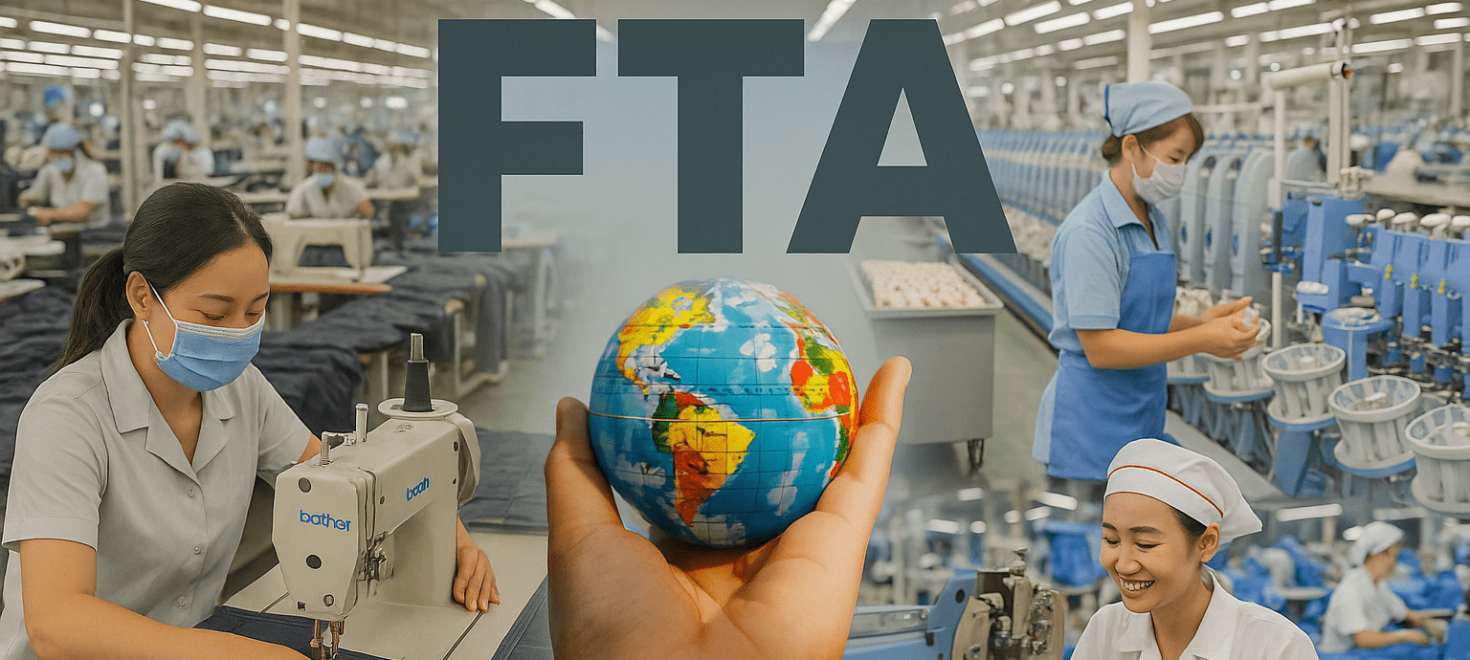
Trade Agreements vs. Compliance: Balancing Speed and Sustainability in Vietnam’s Garment Industry
Introduction Over the past decade, Vietnam has emerged as a major player in the global apparel trade. With more than 6,000 garment and textile enterprises and export revenue exceeding $40 billion annually, Vietnam’s garment sector is not only a key economic driver but also a symbol of its successful integration into global supply chains. What […]
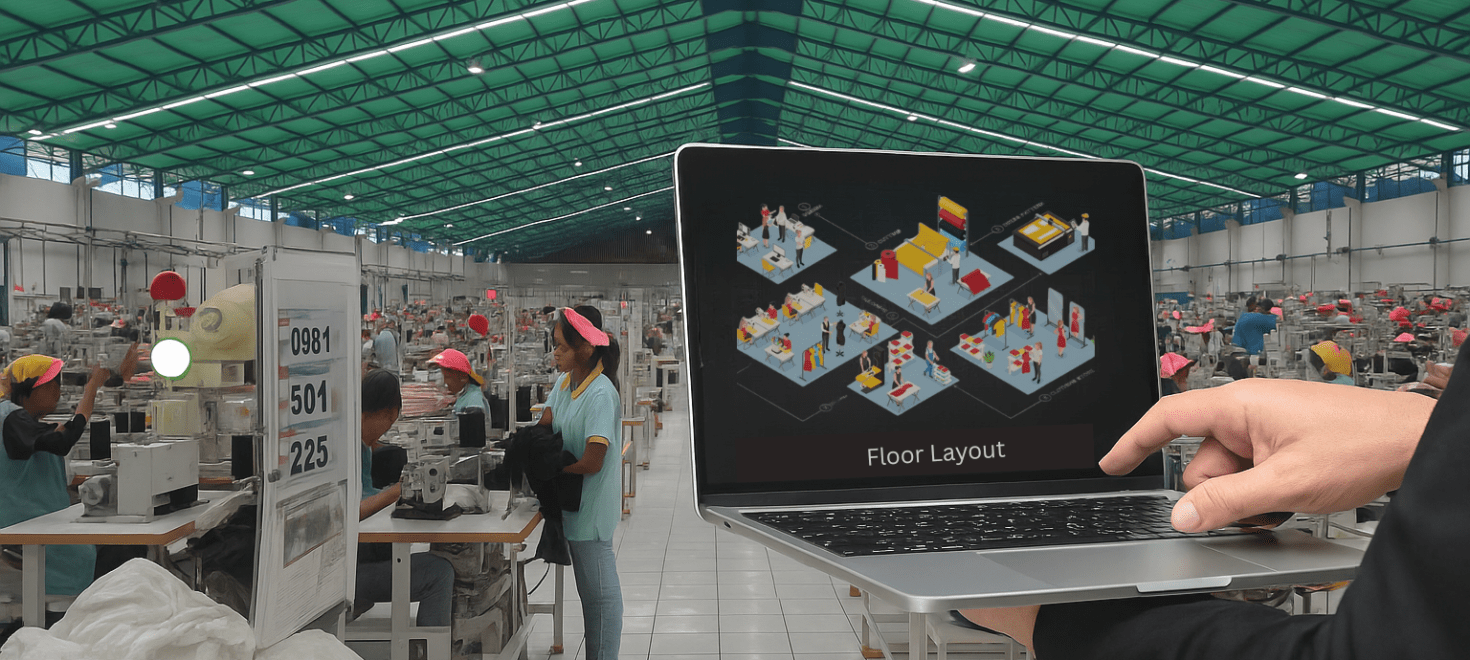
Digital Twins and the Future of Garment Factories in Bangladesh
Introduction To stay competitive, manufacturing companies need to innovate, improve quality, cut costs, and speed up production. Digitization helps make this possible. Industry 4.0 brings together smart technologies that connect machines, data, and people to create more efficient factories. One of these technologies is called Digital Twin (DT)—a smart way of using real-time data to […]
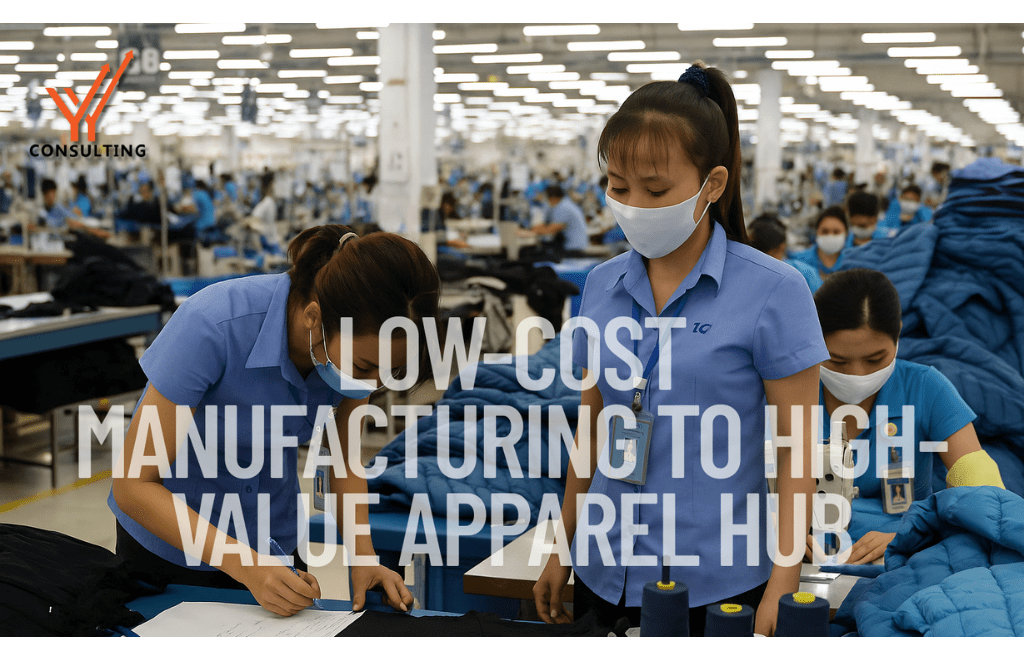
Vietnam’s Shift: From Low-Cost Manufacturing to High-Value
Not too long ago, Vietnam was primarily known as a cost-effective solution in the global apparel supply chain. International brands relied heavily on Vietnam to quickly and affordably fulfill bulk garment orders. However, in the past decade, Vietnam has quietly undergone a strategic transformation, shifting its role from simple, low-cost manufacturing to high-value, innovative apparel […]
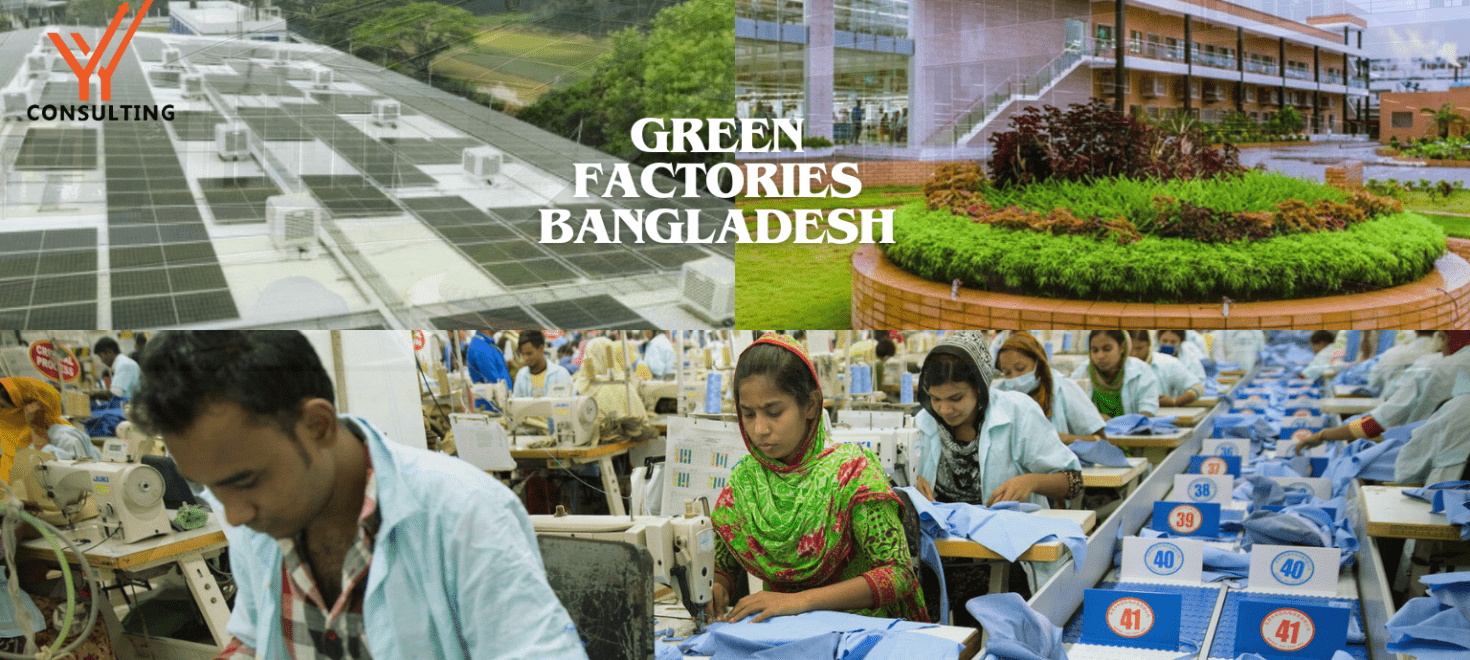
Bangladesh’s Shift: From Cost-Driven to Sustainability Leader
For decades, the narrative around Bangladesh’s apparel industry was clear-cut — a nation powering global fashion with needle-sharp focus on cost. The factories never slept. Day and night, sewing machines hummed in synchrony. Buyers flocked to Dhaka not for innovation or environmental credentials — but for price. Bangladesh was the world’s ready-made garment (RMG) engine.Fast, […]

A Day in a Garment Factory: An Industrial Engineer’s View
A day in a clothing factory begins with the rhythmic hum of sewing machines, the steady cadence of cutting tables, and the precision of thread meeting needle. Yet behind this orchestrated activity, an often unseen hand ensures that everything runs like clockwork — the Industrial Engineer (IE). Industrial Engineers are the silent force behind garment […]
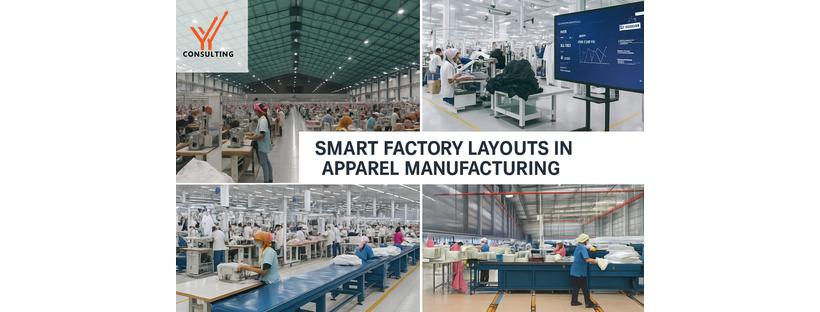
Designing Smart Factory Layouts: Maximizing Output in Vietnam’s Apparel Manufacturing
Vietnam’s position as a global apparel powerhouse is rapidly strengthening, with export hubs in Ho Chi Minh City, Hanoi, and Binh Duong at the center of this growth. However, to remain competitive, Vietnamese factories must look beyond traditional production methods. One of the most effective ways to achieve this is through smart factory layouts—a blend […]

Enhancing Quality Standards: The Importance of QMS Implementation in Bangladesh’s RMG Sector
Bangladesh’s Ready-Made Garment (RMG) industry has long been a pillar of the country’s economic growth, contributing over 80% of total exports and employing millions. However, as global fashion brands demand more accountability, traceability, and consistent product quality, the RMG sector is facing mounting pressure to evolve beyond traditional manufacturing processes. Enter Quality Management Systems (QMS) […]
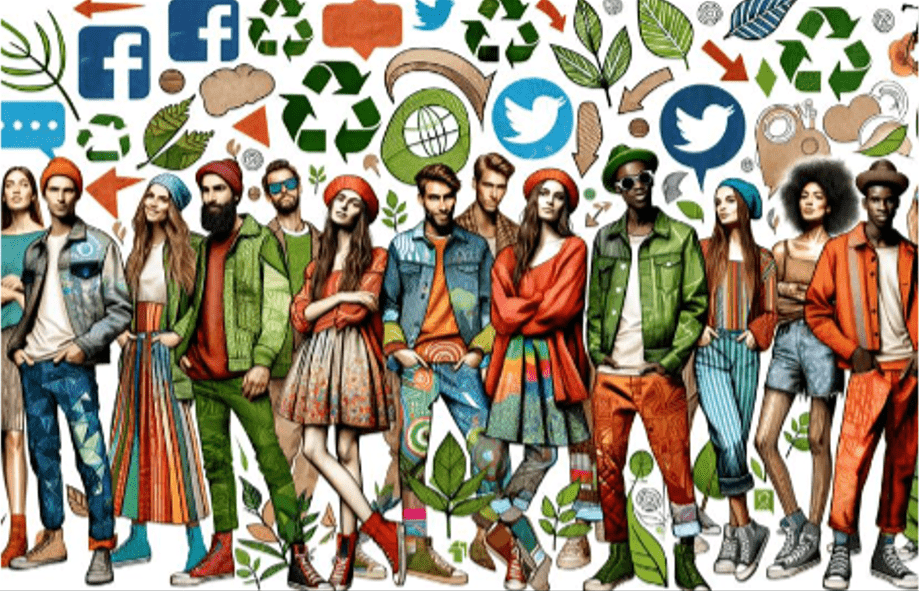
Microtrends in Fashion: How Social Media is Influencing Design
The fashion business has always been fueled by trends which are seasonal changes in patterns, colors, and styles that affect our attire. However microtrends are a new phenomenon that has surfaced in recent years. These are short-lived highly specialized fashion fads that make waves on the internet and frequently fade away in a matter of […]

The Role of Industrial Engineering in Cost Optimization for Bangladesh’s Apparel Industry
Introduction Bangladesh’s apparel industry plays a vital role in the country’s economy, contributing significantly to employment and export earnings. However, increasing global competition and rising production costs have forced manufacturers to optimize operations and reduce expenses without compromising quality. Industrial engineering (IE) has emerged as a crucial tool in cost optimization, focusing on efficiency, waste […]
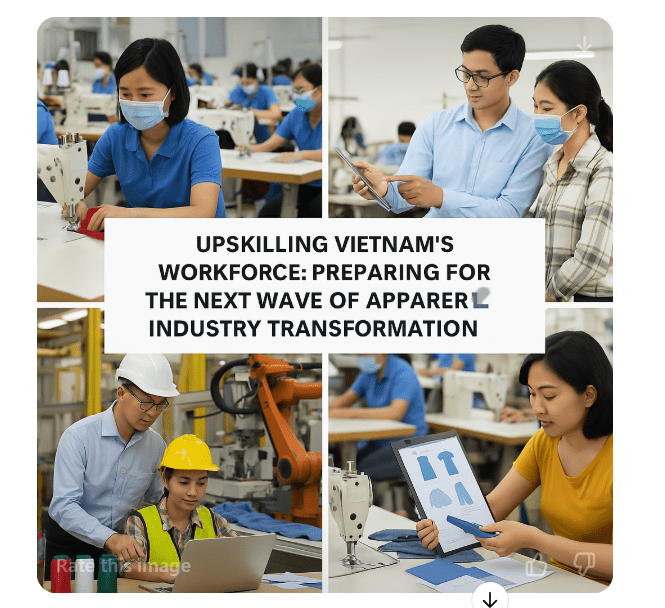
“Future-Proofing Vietnam’s Apparel Workforce with Upskilling”
Introduction Vietnam’s apparel industry is a global manufacturing leader, employing millions and driving economic growth. However, automation, sustainability, and shifting global demands require a more skilled workforce. To stay competitive, Vietnam must prioritize upskilling, equipping workers with digital, technical, and sustainable expertise to enhance efficiency and innovation. Global Trends in Apparel Industry Workforce Development The […]
